INTERVIEW with Pattern Designer Blandine Clanet behind French Poetry Patterns
‘Sewing Patterns with a French Je-ne-sais quoi’
If ever you toyed with the idea of becoming a pattern cutter because the idea of creating something unique for your body fills you with joy, but it seemed like a dream too unreachable because a) surely it’s too complex, b) too expensive to learn, c) you’re too busy with life, kids, making money somewhere else, then this interview is for you. We had the pleasure of virtually meeting the lovely Blandine Clanet behind French Poetry Patterns and her story is as wondrous and inspiring as her beautifully chic and simple designs. I encourage you to read through and if pattern making is your dream, to set all fears aside, quieten all those negative voices in your head shouting that this is absolutely, most definitely impossible for you, because Bernadine’s story proves all this wrong. It is possible, and in the midst of a pandemic, why not make this dream a reality.
Talk to us a little about the creation process- from idea to final product. How big is your team?
My team is the smallest you can imagine – it’s just me! I started this adventure 5 months ago. For now, I do everything from drafting the patterns to sewing and modeling the clothes and coding the website. My parents help me with the pictures: all outdoor pictures you see in my feed are taken by them, and indoor pictures are taken by me (you can often see the black remote in my hand!).
As this website grows I’m starting to see the limits of working alone: I have more and more messages to answer. Yet in the beginning, it felt very natural to take on all these roles. Oddly enough, my path led me there quite naturally. I like to think I’ve lived several lives. One as a web developer when I was a student in political sciences, coding websites for politicians. One as a photographer and sometimes model for some small clothing brands (another student job). One as an entrepreneur when I co-founded a web agency. And sewing has always been part of my life, though never professionally before.
But let’s get back to your question about the creation process.
First, there’s inspiration. As I’m writing this, I realize I have two great inspirations in my seamstress life: Christian Dior and my grandmother. Both lived in the same time and place: France in a century scarred by two world wars. Christian Dior was born and raised in Granville, a small town in Normandy where my family comes from. Although I was born and still live in Paris, Granville is my true motherland, a more intimate, understated place where my soul belongs. I grew up walking in Christian Dior’s rose garden and wandering in the corridors of his childhood house turned into a museum. In this old bourgeois family house are gathered the most beautiful ballgowns you can dream of, and pictures of them worn by the most glamorous stars of that time. Oh the dreamy pictures of Grace Kelly in her evening frocks…
Yet all that glamour was not so carefree. All that beauty was a display of life to fight the horrors and sadness of war. Dior re-enchanted the world in his own poetic way: impossibly full skirts, with pleats and frills and beaded embroideries and so much fabric it shocked everyone at that time of deprivation.
My grandmother on the other hand, was a poor Spanish young woman who lost her father in her twenties and stopped her studies to become a sewing and cutting teacher. But, the garments she sewed… She was the epitome of class. She never went out without a hat and adopted the same narrow waist and full skirts Dior designed. In her black and white pictures, she looks like a movie star. What I learned from her is that even the glass ceiling of social class can be broken: you just need to outsmart consumerism with creativity. She never became wealthy but her clothes were true haute couture, the kind you only see on first ladies or top vogue editors.
So I surround myself with black and white pictures of that time. You may not realize it but many of my garments come straight out of the 40s: the Orion shorts, the Polaris top, the very full skirts I sometimes wear. Of course, I revamp them a bit.
For the more contemporary part, I love watching people in the street! In the summer especially, I can’t keep myself from staring at women’s dresses: I study how they move, what fits right and what doesn’t, the colors, the prints, the fabric weight… There’s so much information for my eyes to register!
Then I let the idea mature for a while. When I’m in a boring meeting my mind wanders and starts mixing shapes and fabrics, drafting silhouettes in my brain. I used to draw these ideas very carefully in small notebooks to never lose any of them, but then I realized they are never truly lost. When I forget them for a while they just evolve into something different but similar and often better. In fact I have so many ideas they keep me up at night, and that can be a problem: then I draw them so they leave me alone!
And then I draft the pattern and try it on myself in different fabrics. Then I grade into different sizes, I write the directions and do the little drawings, I test on other people…
What do you love most about having your own business?
It is not my actual job! I work in a completely different field: I am a manager in a consulting cabinet. I have long hours and business trips and I like it. The truth is I never even thought of becoming a pattern designer! The way it happened is funny: in November 2018 I opened an Instagram account to post pictures of my makes. I took awkward selfies in front of a mirror (I remember going to Ikea to buy a ‘bigger selfie mirror’). I never imagined people would like my makes so much. One morning I remember waking up and missing a heartbeat: I had several hundreds of likes on a picture (I was getting 20ish likes until that). That was my first picture of the Pleiades dress (I posted a whole article on my blog to explain how I came up with this one).
I kept getting messages asking me where the pattern could be bought. I explained there was no pattern to speak of, but people wanted me to create one. I was on an international project at work at that time. I had meetings abroad every week, so I just couldn’t find the time to learn pattern making. And yet I thought if I didn’t give it at least a try I would regret it. So I taught myself how to grade patterns in different sizes, tried different software, etc, and I launched my first pattern.
To answer your question, what I like about having this side job is absolute freedom.
I have run my own business in the past and that was scary because that was my day job. It was a rollercoaster, weathering the storms financially and emotionally, and trying to enjoy the good times while anticipating what might come next.
This time it’s different: whatever happens in either of my jobs has a lighter impact on me because I have the other job on the side. And this, to me, is absolute freedom. Also this is to me an ideal balance, each of these occupations triggering a different part of my brain.
Can you talk us through a failure or a setback in your business that you learned from or an experience that helped improve your business.
Oh, there were so many. Entrepreneur life is made of invaluable lessons learned the hard way. For example, when I launched my first business (I was 18) we neglected the accounting and paperwork. I know, I know. It came back to us!!
But about French Poetry: I spent one full week building a website that was, in my opinion, truly beautiful (with a delicate animation of little leaves falling on a sewing pattern packaging, reminding me of an enchanted garden) only to realize it was super slow. And that is a no-no for a website.
Another one: I wanted to please all my readers who asked me to merge two patterns in one. I did it and it had a ton of options: it was the first version of the Pleiades dress. I didn’t know anything about selling patterns then. So, for one, the pattern had so many pages I was losing money on the print version, and on the PDF version people would complain about having too many pages to print (while they didn’t realize they had two patterns for the price of one). Worse: I got mixed up in all these options, and discovered there was a mistake on the pattern one week after the launch (a skirt that didn’t go with one of the bodices). I had to send all customers an update, and I had a full stock of print papers I couldn’t sell. I had lost €700. Now I split the pattern back in two to be able to keep selling it.
Name a book that you’ve recently read which inspired you and why?
A book by someone who became a friend. Knowing him and talking to him, asking him questions about what he wrote, helped me understand what was fiction versus what was real on what he had written. That way I got a glimpse of his whole creative process behind the book, which remains mysterious even to him. Far from breaking the magic about it, it made it even more interesting to me.
How important is social media to your business?
It was the beginning of everything! Still now Instagram is among my main sources of traffic.
What is something you do daily that helps you to stay grounded?
I sew! This even was the first reason I started sewing again as a young adult – it helped me clear my mind. Even the posture, eyes down on the fabric, gives me the reassuring feeling of making something concrete. Sewing is such a no-brainer: it is so easy to divide your project into smaller tasks to complete them one by one. I sometimes wish it were the same in my consulting job! Wait no I don’t, that would be boring in that specific field… Ahh always that dichotomy!
What is the best and the hardest part about being your own boss?
I don’t see it like that as it is a part-time occupation. But precisely, the fact that I am not a full-time pattern designer is hard, because people are not aware of this and seem to think I am some big company with tons of experience… For example, I get many messages from US customers asking me to make larger sizes. The truth is I would love to, but I never made a plus-size garment before (it is not common in France) and I would have no way of ensuring it would fit (I don’t know how others do, but I couldn’t make a good pattern without having the person in front of me to do a proper fitting). There are some choices I can’t make without quitting my job and that is not an option to me.
What does success mean to you?
Ahh, such a good question. I never asked myself that. I’m thinking there are two parts in my definition of success: one is about me and the other is about the others.
So first, to me success is to reach excellence by my own standards: obtaining results that can always be improved but they have to be the best I can think of at a given moment. Then when I finish a day of really hard work I can sit back and drink that glass of champagne!
And the second part is about love. We all have our insecurities. One of mine is a shaky self-confidence that keeps me going, half stumbling half running. When I get mean or angry comments (believe me sometimes I do… girls I can’t make a pattern that fits all shoulder shapes and all torso heights and all tastes, that is just not possible) I feel how deeply fragile I am, and that is a risk of this relative public exposure on social media. But when I get nice comments from customers (and there are so so so many more) I am so deeply moved it could keep me going forever.








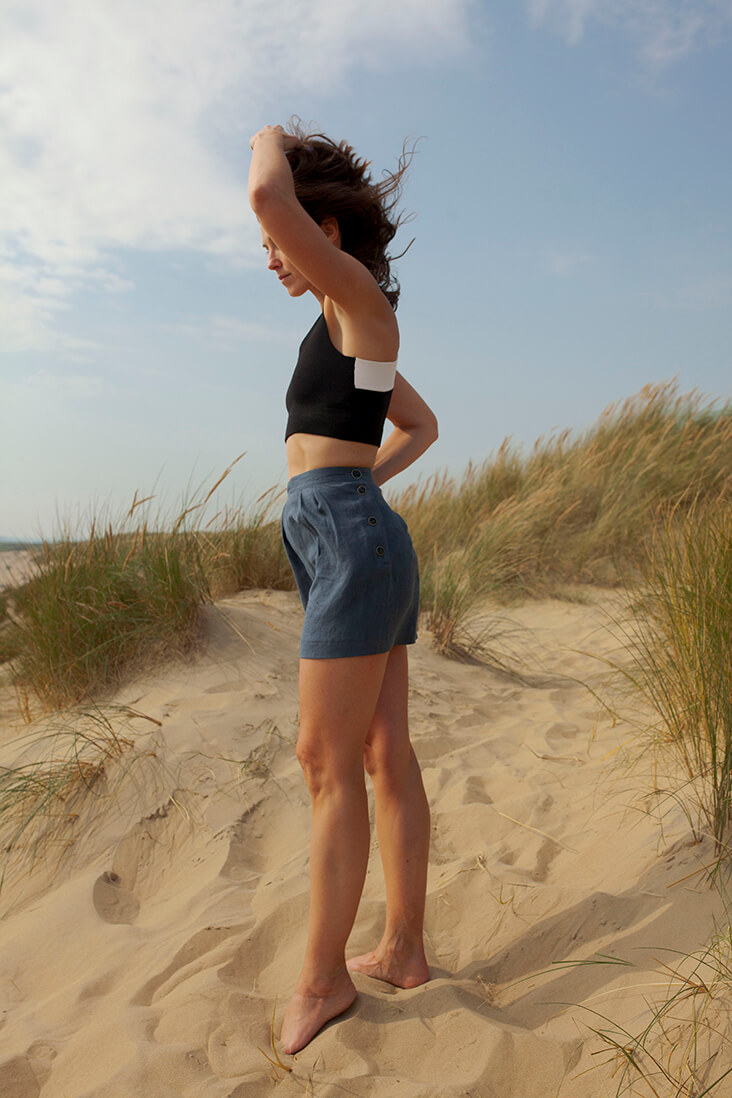
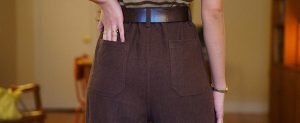

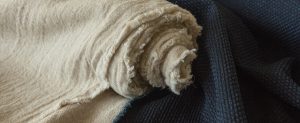
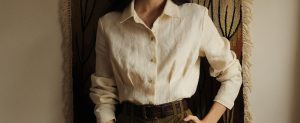

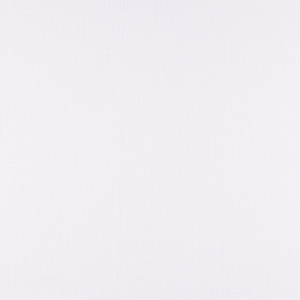


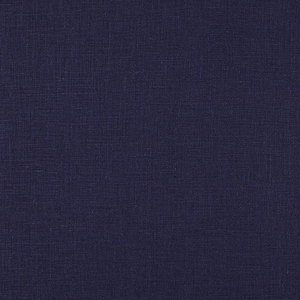





















2 Comments
Pingback:
La robe Pleiade de French Poetry - L'atelier des marronniersHelene Roueche
French and living in France I discovered French Poetry Pattern thanks to you ! . her dresses are just what I like and already bought one. Many thanks for your articles and free patterns which helped to spend good time during this lockdown.